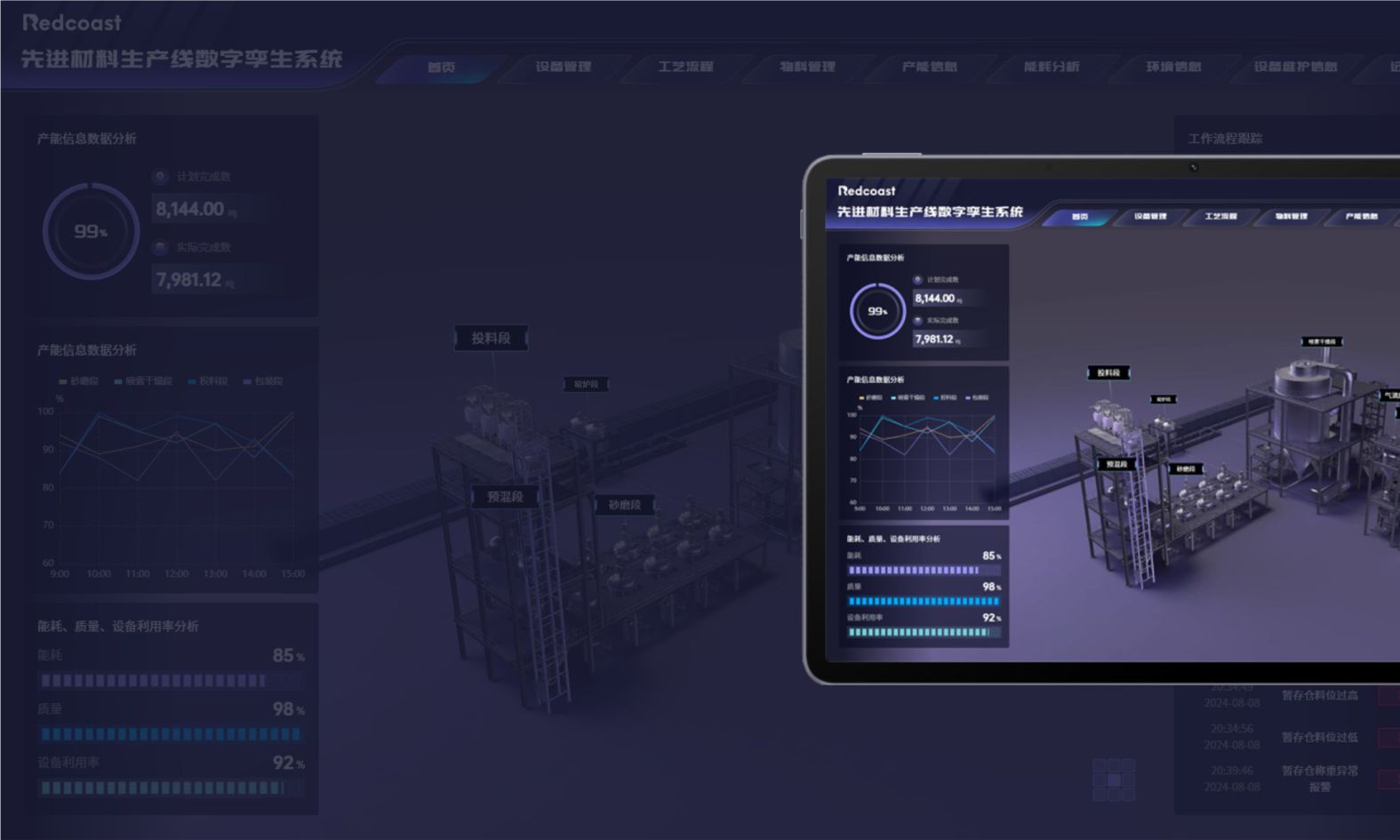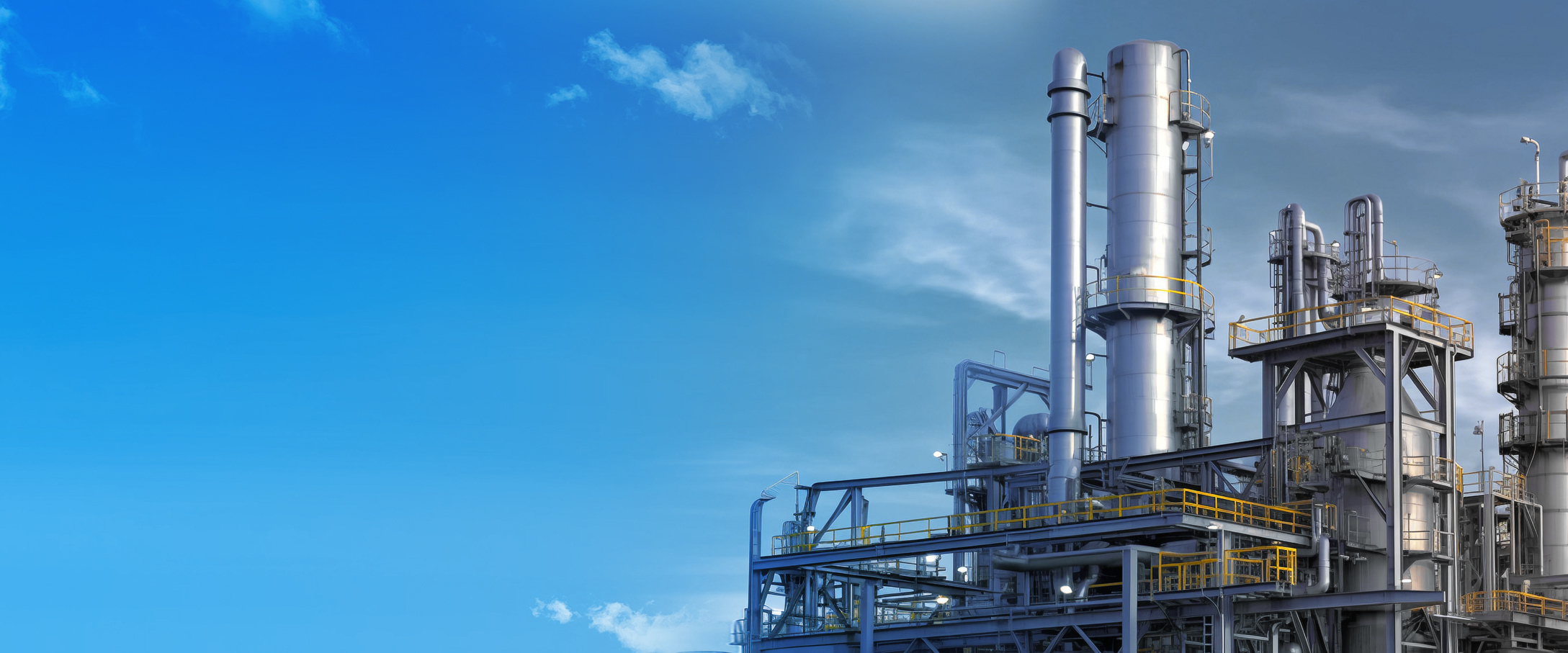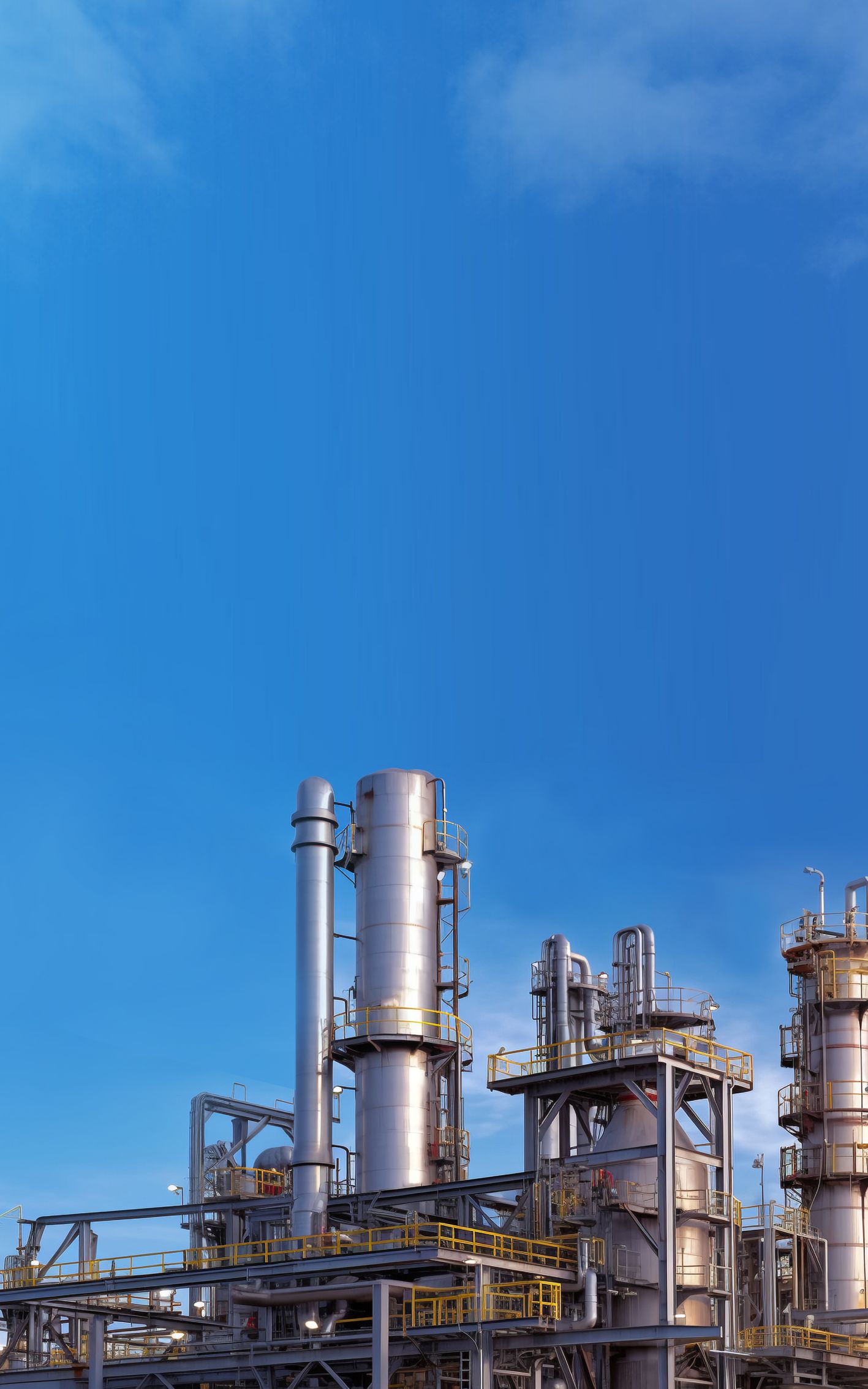The automatic feeding system is a technology that uses automated equipment to deliver materials into packaging containers or production equipment. It is widely applied in various production environments to improve efficiency and product quality.
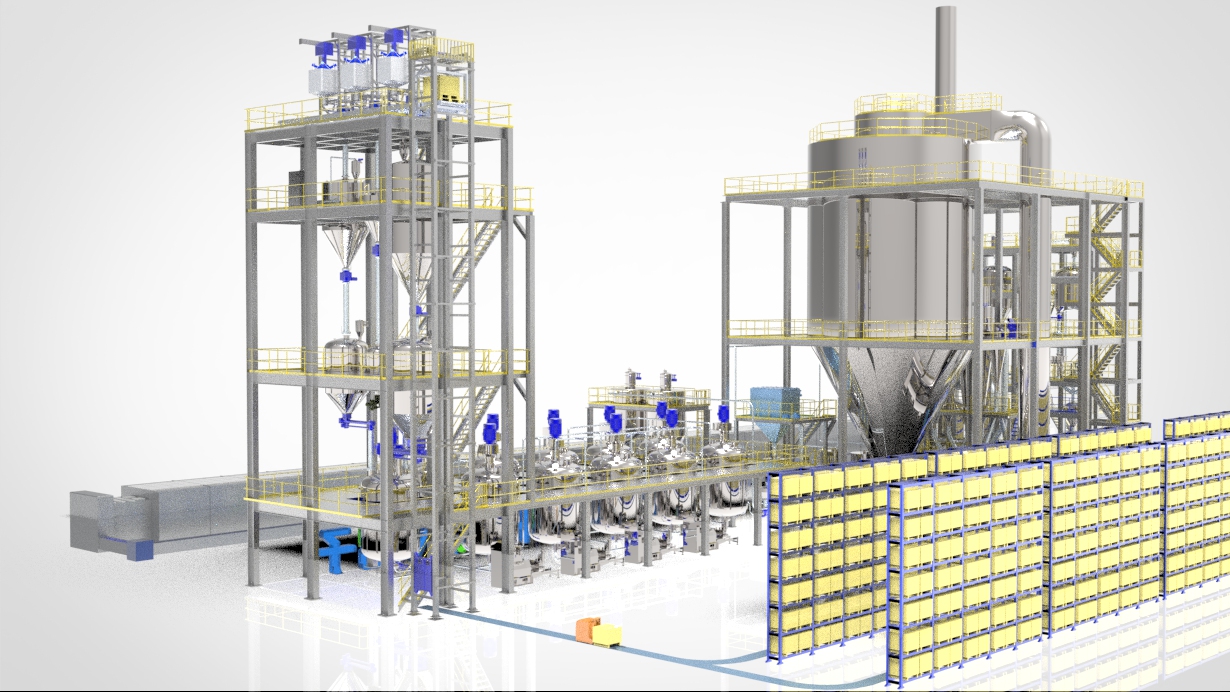
The pneumatic conveying system is a technology that utilizes airflow energy to convey powdered or granular materials through enclosed pipelines, representing specific application of fluidization technology. It adopts specialized feeding devices to introduce materials into the pipeline at controlled rates and deliver materials to designated locations with positive or negative pressure gases (such as air, nitrogen or carbon dioxide). The system ensures all conveying equipment and instruments operate automatically, orderly and safely under centralized control.
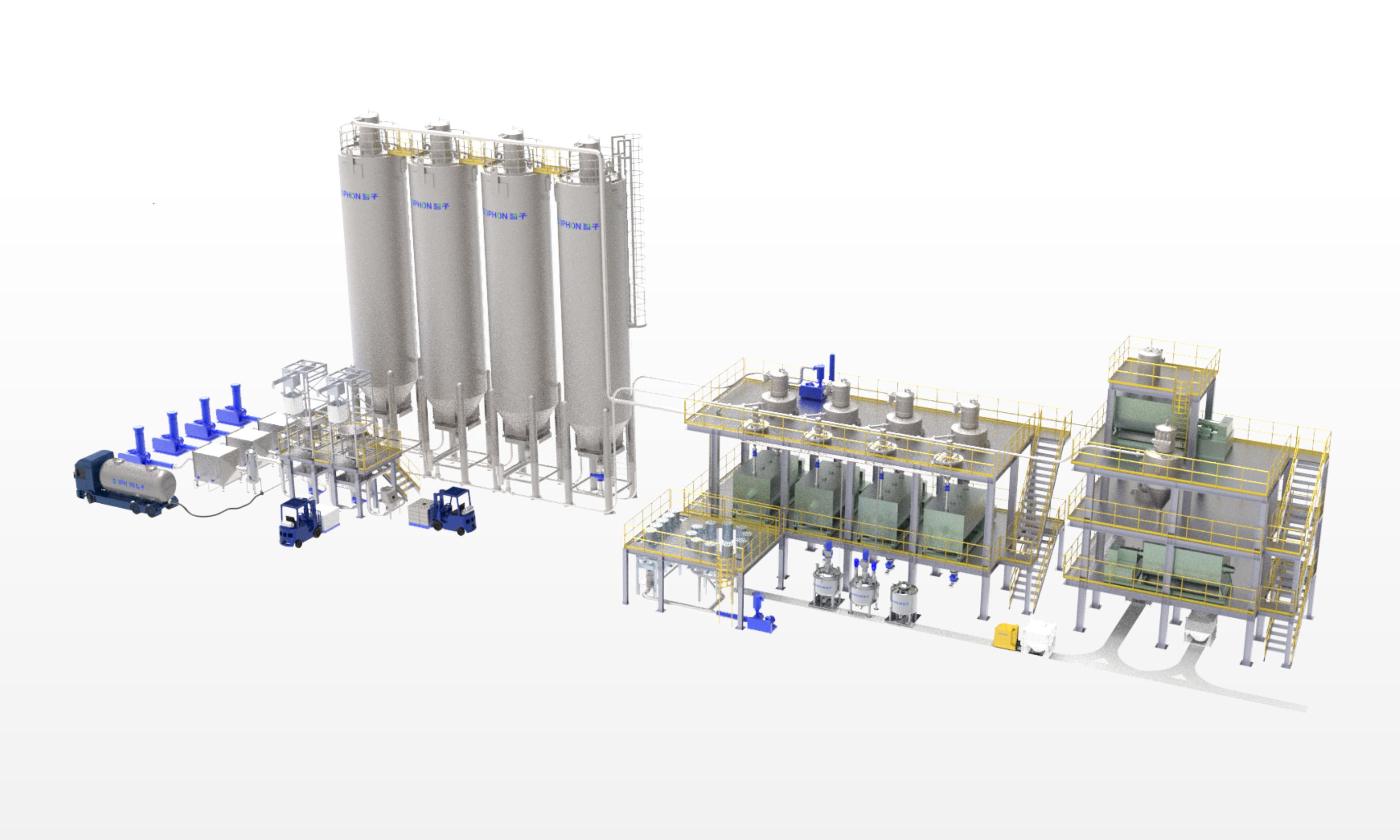
The weighing and dosing system can automatically complete the weighing and metering of various materials in multiple silos according to the formulation, providing customers with stable, reliable, accurate and efficient weighing and dosing of materials.
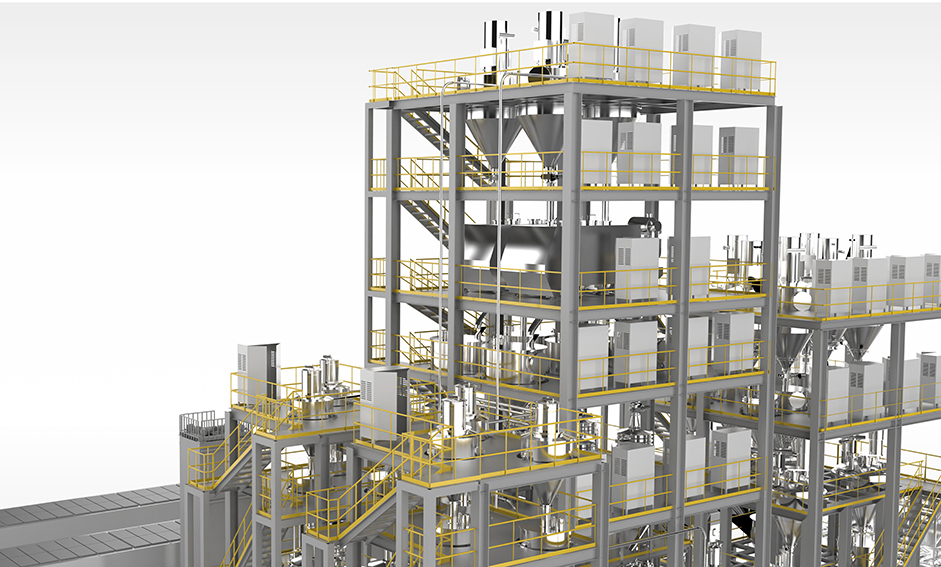
The mixing and stirring system is a technology that induces circulatory flow in liquids through stirring, thereby achieving uniform material homogenization or accelerating physical/chemical processes. Such systems are widely employed across multiple industrial sectors, including petrochemical, biopharmaceuticals, food & beverage, construction and battery manufacturing.
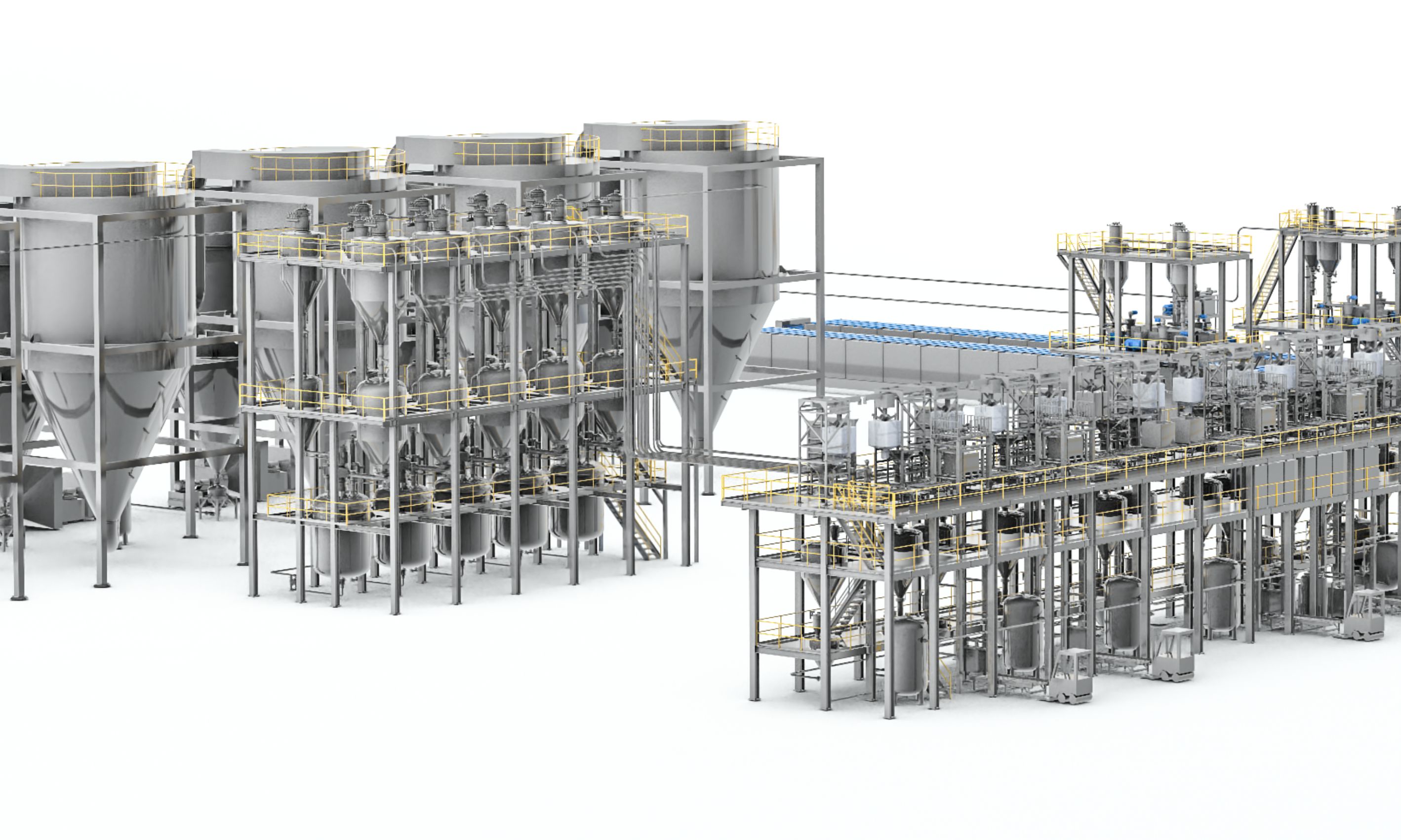
The crushing and screening system is a technology that breaks down bulk materials into smaller particles while separating out non-compliant granules through screening. These two processes interact synergistically: crushing generates finer particles, while screening filters and segregates those that fail to meet specifications.
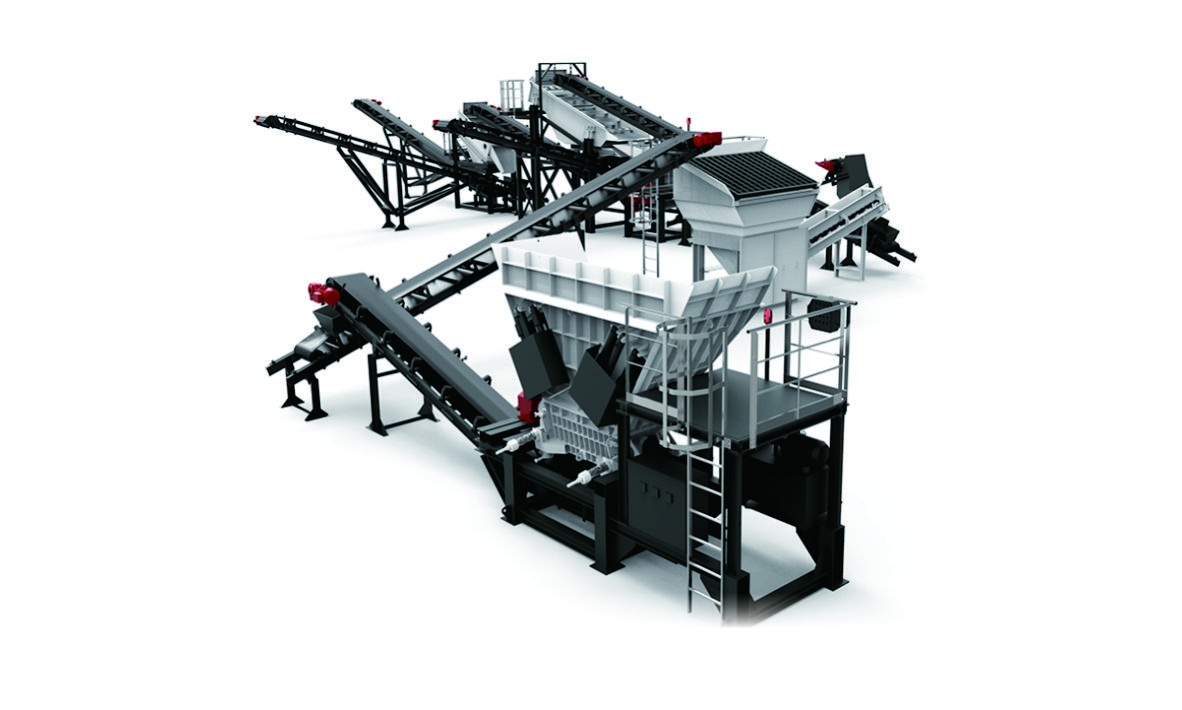
The primary objective of chemical refining is to remove impurities and contaminants from materials, which necessitates physical treatment. This typically involves processes such as grinding, screening, centrifugation and volatilization. During grinding, impurities are pulverized to increase surface area, thereby accelerating subsequent processing steps. Screening selectively removes oversized impurity particles, while centrifugation and volatilization separate solid or liquid contaminants from the raw material, resulting in purified products.
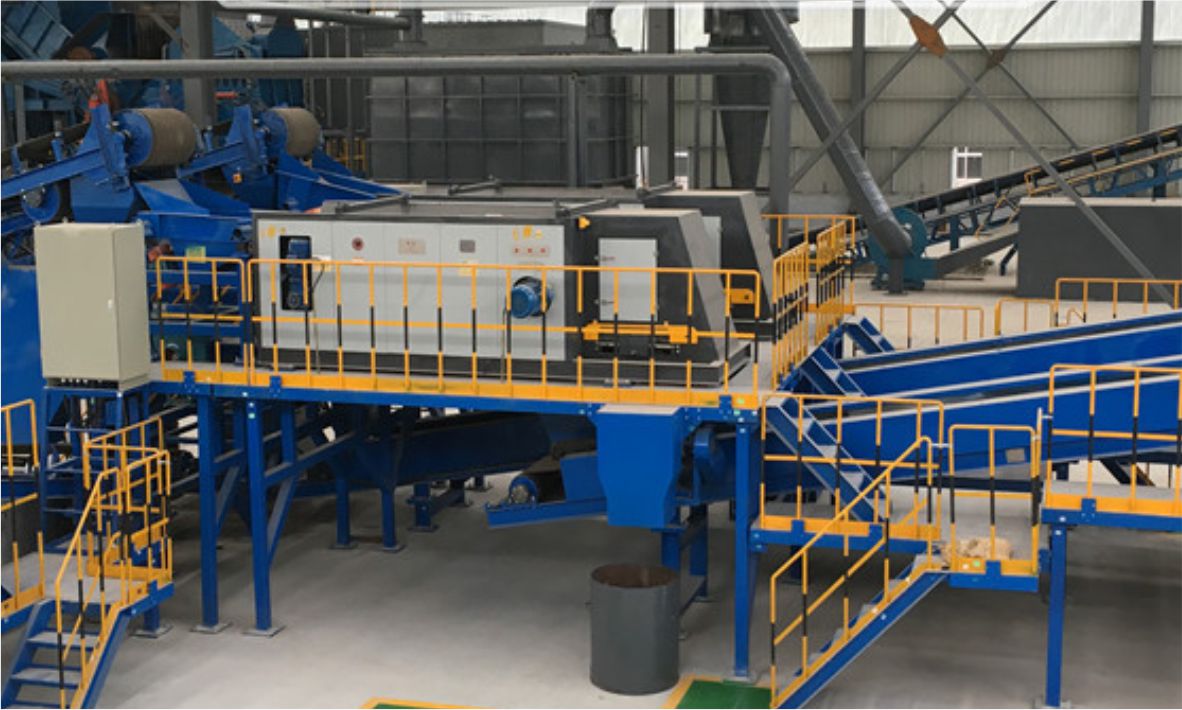
The primary functions of a pigging system include pipeline cleaning, product recovery and equipment inspection and maintenance. By deploying movable plugs or pigs through the pipeline, the system removes and recovers residual product in the inner wall of the pipeline, thereby ensuring pipeline cleanliness and efficient product recovery.
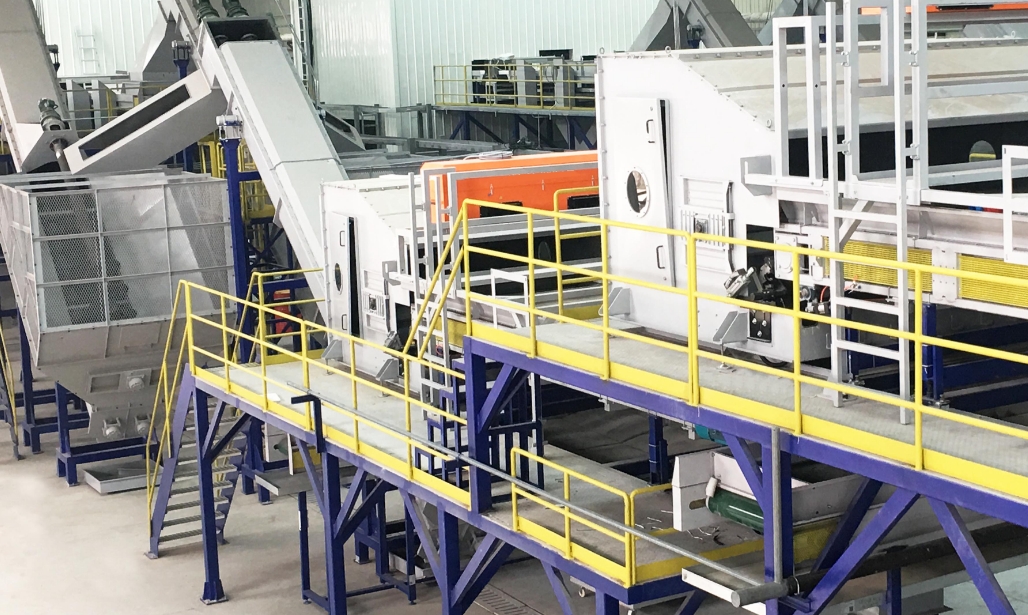
The filling and packing system utilizes high-precision measuring devices and control systems to ensure each packaged unit meets predetermined quality and quantity standards. For instance, automatic quantitative filling machines employ measurement instruments such as electronic scale and flow meter to precisely control filling volumes, minimizing waste while guaranteeing product quality stability and consistency.
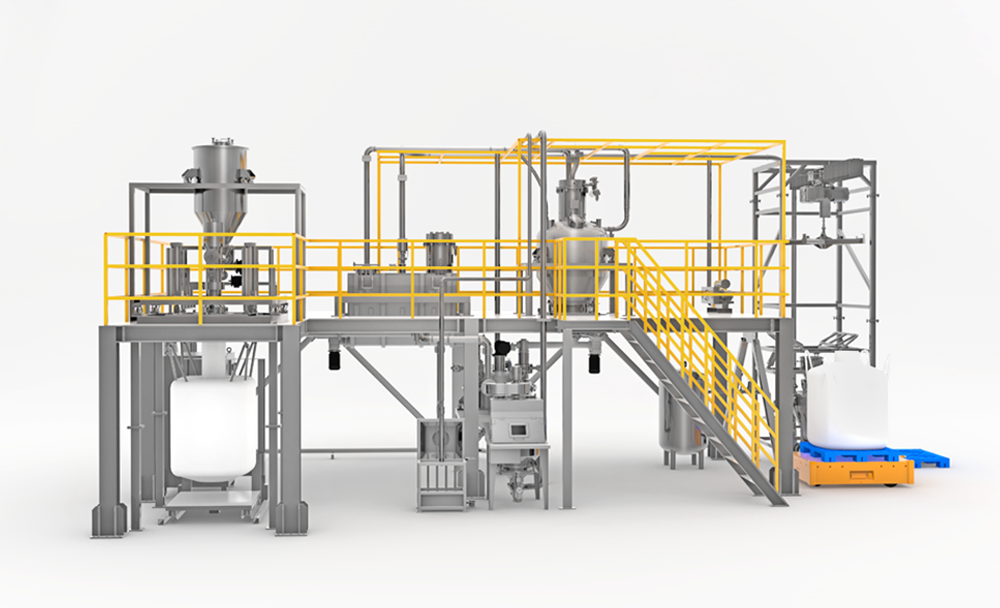
The primary roles of AGVs (Automated Guided Vehicles) and RGVs (Rail Guided Vehicles) in material transfer operations are reflected in their ability to enhance efficiency, reduce costs and improve operational flexibility.

